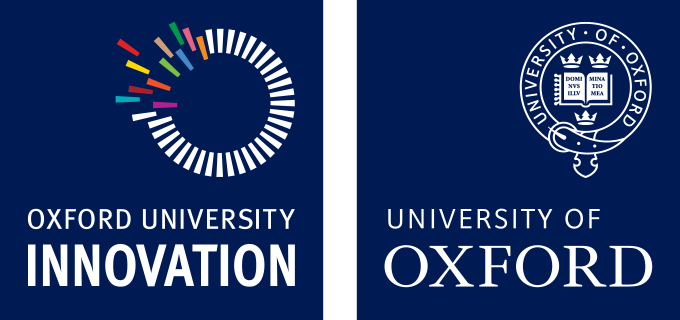Throughout its 800 year history, Oxford’s innovation story has been one of countless scientific discoveries, technological advancements, and research that has changed the world. In recent years, the rate of progress has escalated as the University has become a world leader in its ability to take discoveries and turn them into companies and technologies that have impact on people’s lives around the globe.
One example is the work of Oxford engineer and entrepreneur Professor Brian Bellhouse, who invented the PowderJect device to administer vaccinations, providing needle-free delivery of drugs and vaccines in 1993. One of Oxford’s earliest commercialisation successes, PowderJect Pharmaceuticals went public in 1997 and was later sold to Chiron Vaccines, a subsidiary of Novartis Vaccines and Diagnostics, for £542m. The sale remains one of the largest exits for an Oxford spinout company.
Ever since, Oxford University has been committed to translating life changing research into real world applications. Oxford University Innovation (OUI) has helped life sciences companies such as OxSyBio, developing synthetic tissue, Osler Diagnostics, which is producing handheld disease diagnosis technologies, and Ufonia, artificial intelligence that monitors patient health and wellbeing.
Chemical Composition
Osler and OxStem both emerged from the University’s Department of Chemistry, which has provided a consistent stream of innovations over the years. A 2005 spinout from the Department, Oxford Nanopore, is now one of only ten unicorn* companies in the UK.
Nanopore’s first commercially available product, the MinION, is a portable and low cost handheld DNA sequencing device that allows scientists and non-scientists to undertake real time analysis of biological tissue, clinical and environmental samples.
Scientists from various countries are using the molecular sensing device in many areas of research. In July 2016, a MinION was used to sequence DNA from bacterial changes in a microgravity environment whilst on an International Space Station mission, demonstrating that DNA sequencing is possible in space. Scientists at Kew Gardens used the MinION device to quickly identify and analyse plant species in Snowdonia National Park in northwest Wales.
* : >$1Bn valuation
OxStem represents one of the most exciting spinouts in the Oxford portfolio. Harnessing stem cell technology, the company is leading the way in developing regenerative health treatments for cancer, neurological, and otherwise untreatable age-related conditions. By creating a number of smaller ‘stems’ focusing on different parts of the body, the company could eventually pave the way to treatments that will reverse ocular, degenerative, and heart disease.
Alternative paths to impact
Beyond ‘classical’ spinouts, the University is finding new ways to bring its innovation to the wider world, such as the mobile and virtual reality education platform LIFE (Life-saving Instruction For Emergencies).
This compelling, immersive approach teaches healthcare workers in Africa how to manage a number of emergencies, with a focus on teaching the skills to treat seriously ill infants through its virtual reality programme. Over £63,000 was raised for LIFE through a crowdfunding campaign on OxReach, a platform dedicated to philanthropic projects from Oxford. This is being used to build and develop mobile technology-based training tools for low income countries. The scenario-based game is being tested in the UK and Kenya, and has established a number of high profile relationships with organisations such as HTC and the Bill and Melinda Gates Foundation to bring its platform to a wider audience.
Led by Mike English, Professor at Oxford’s Department of Tropical Medicine, and Dr Chris Paton, Group Head of the Global Health Informatics Group, LIFE has received seed funding from the 2016 Saving Lives at Birth Grand Challenge and the project was a finalist in the PraxisUnico Impact awards
Another example of Oxford VR research driving innovation is Nowican, which is using the technology to better understand and treat mental health problems. Professor Daniel Freeman, from Oxford University’s Department of Psychiatry, and his team have developed a series of effective treatments which put individuals in a safe virtual environment to help manage their anxiety disorder.
Oxford’s impact can be seen not only in new products and services, but also in the expertise made available to clients. Through Consulting Services, the Driver and Vehicle Standards Agency (DVSA) this year engaged Dr Kathy Parkes, an expert in safety and health in high risk environments, to advise on the optimal scheduling of driving tests through analysis of workload and consequent stress experienced by examiners.
This is just the tip of the iceberg when it comes to telling Oxford’s innovation story. As we experience the ‘Oxford Boom’, with an unprecedented level of spinouts being created and scaled up quickly, perhaps the most exciting chapter in that story is only just being written.




Comments are closed.